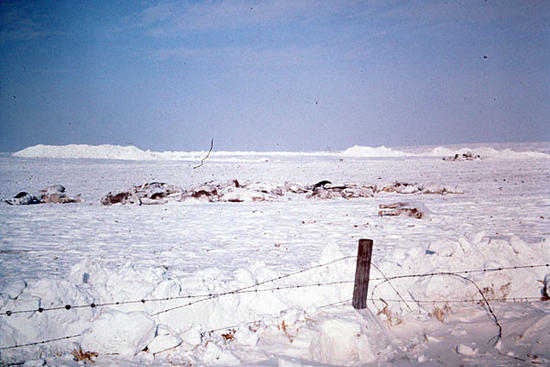
Recently, I’ve snagged a number of articles, blogs, and news feeds about the great idea for using electric water heaters as energy storage devices. E Source even goes so far as to insinuate water heaters are like batteries: “How the Water Heater Just Became a Lean, Mean, Battery-Killin’ Machine”.

Jeff Ihnen as an impressionable young lad

When I was an impressionable young lad (and much better looking), I recall watching a drama on television. I am guessing it was Little House on the Prairie. This particular episode featured a severe winter storm and blizzard. Around that time we lived through the Great Storm of 1975, aka, Minnesota’s Storm of the Century.
You may have experienced that things in your youth seemed much grander once you look back. Not so with this storm. The Wikipedia entry above explains it exactly as I remember it – snow started on Friday morning. School closed around noon. We had two feet of snow, record low barometric pressure, and a killer blizzard and windchill conditions lasted through Sunday evening. The TV tower collapsed. Fifty eight people died. Thousands of cattle perished. Cattle are like buffalo – hardy. Shown nearby are carcasses from cattle that were driven by the storm from their feedlot. I remember. The storm of the century was no over statement.
In the TV drama, as I recall, a couple children 8-12 years old were trapped in their prairie home in a blizzard, and their parents were stranded elsewhere – a scenario that was not at all unreasonable. The children were running out wood for the fireplace. As they became more desperate as the storm raged, they began to dismantle furniture and burned it to survive.
Burning furniture to stay warm is like using electric resistance to heat water. It is the most wasteful use of electricity I can think of, post incandescent light bulb – it is literally that bad.
A few months ago I wrote about Energy Storage v Storing Energy’s Benefits. In that, I argued why the rush to build out massive, or consumer scale, battery technology before building out much cheaper ice storage?[1] Notice, I did not mention water heaters because using electricity for water heating is like burning furniture for heat.
Water Heater ≠≠ Battery
Now, I go back to the inference that water heaters are anything like batteries. A water heater is no closer to a battery than a pumpkin pie. In fact, a pumpkin pie is more like a battery than a water heater because if desperate, I could devise an engine that would use the pumpkin pie as fuel to generate a couple amp-hours of electricity. I suppose I could do the same with 40 gallons of 120 degree water at a cost of about a billion dollars per kWh.
Realistically, once electricity (arguably the highest and most flexible form of energy), is converted to heat (the lowest, least flexible source), it’s over. There ain’t no electricity coming out of that water heater as it would with a battery.
Short and Long
In the short term, sure, use electric water heaters for demand response. The only thing dumber than making hot water with electric resistance is doing so during peak periods. Over the long term, policy should drive/incentivize converting this huge net electric load to natural gas, or electric heat pump, or micro combined heat and power. Renewable fans: solar thermal. Even using solar electric for hot water is crazy.
[1] The answer is, Tesla is doing it, so why don’t we. It’s cool and sexy, but not the smartest.
